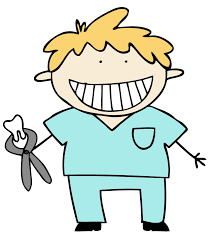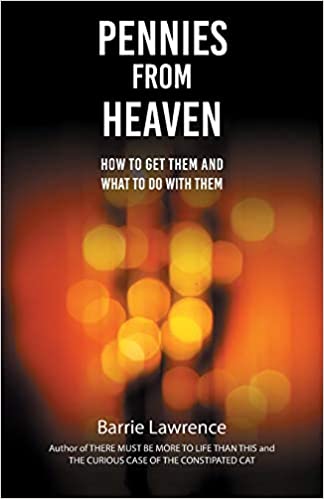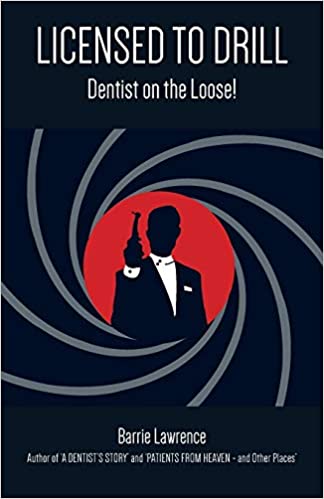Coypu! (Extract from my latest book, ‘A SHIVER IN MY FINGER’ – to be published 2021)
It was February 1961. We had cycled, and now we walked. Stealthily. We followed the tracks through the snow. It was four-footed, and quite heavy. Not as heavy as a deer, but more than a rabbit or a hare. We followed those tracks for a mile or two, until they went into a hollow tree lying in the snow. They did not come out the other side. We had it cornered.
Catching live mice with my bare hands was my idea of excitement, adventure and achievement. Well, bare hands the first time, when I was bitten; subsequently, gloved hands. I literally fell on them as they ran from straw bales, and took them home in my pocket. The same pocket in which I had brought home a snake, purchased from a school friend for a shilling during morning break. I will spare you the details of the rest of the menagerie housed in cages, pots, aquaria and jars in my bedroom (it’s in another chapter), but must mention the coypus.
As everybody knows, the coypu, or swamp beaver, is around 33 inches, or one metre, from the tip of its muzzle to the end of its tail, looks like a giant rat, but is in fact closely related to the capybara, the largest living rodent and a native of South America. Of course you knew that! I was in my mid-teens, and Norfolk was infested with them. They had escaped from a fur farm owned by Philip Tindal-Carill-Worsley at East Carleton in 1937, bred like rabbits, and found themselves very much at home in the banks of the waterways of Broadland, the Norfolk lake district. Sprouting crops were devoured, farmers fell through river banks into subterranean burrows, and old ladies froze with fear at the sight of long yellow teeth snarling at them. They were quite harmless, with an absolute preference for tender young sugar beet sprouts, far more than sinewy old ladies.
As I have mentioned earlier, my passion was wild life and natural history, and part of the school biology course involved dissecting rats. They were white rats, supplied to the school, probably through the local education authority. Until the supply dried up. No more rats. But I needed rats, to dissect, to learn from, in order to pass my biology exams in the hope that I might go on to become a dentist one day. (Why did a prospective dentist need to cut up white rats? A simple question with a very complicated answer. Don’t go there). But a friend of mine had the answer, and it sounded like an adventure. Even more exciting than mousing. We could track coypus through the water meadows at nearby Tuttington. My friend John had gin traps with which we could trap them. (Gin traps were illegal, but try and tell an adventure-hungry Norfolk lad that). We could take them to the biology laboratory, where we would dissect them like white rats. How did we go about it? – you really would not want to know. The project involved cycling miles and miles over many months, and walking along river banks and across innumerable water-meadows. And before too long, our somewhat bemused biology master stared incredulously as my friend John and I sat there, with huge rodents on the worktops, dissecting, examining, and taking notes that would prepare us for our future professional careers.
And so back to the tracks through the snow. We had cycled to Tuttington, our noses frozen in the cold breeze, and crunched our way across bleak, snow covered water-meadows, where the tips of the highest grass tufts just showed above the undulating carpet of snow. The fallen tree was adjacent to a small copse, the naked trees generously clothed with snow. But our eyes were now riveted on the fallen trunk, and the single set of tracks. Surely it was a coypu. I stationed myself at the hole in the fallen tree where the trail entered, and my friend John stuck his stick under the end where we felt the creature (if there was a creature, and if it was there) would be residing. GROWL! Most certainly, there was a creature in the hollow tree. I took up position by the entrance hole, and John started poking the other end. I will spare you further details, except to say that another coypu found its way into our biology lab.
Today there are no coypus in Norfolk. Following their 1937 escape from the fur farm at East Carleton, coypus had spread throughout East Anglia over a period of around fifty years, and were classed as vermin because of the damage to crops. The damage eventually became so expensive that the government set up an independent Coypu Strategy group, and in 1981, twenty-four trappers were employed to clear the region. They used cages baited with carrots, disposed of thousands of the rodents, and completed the task well within the planned ten years. The total cost was over £2.5 million.
Share this Post
More from BARRIE LAWRENCE
The golf club has re-opened, and I have been chasing that little white ball again. Wonder Woman insists on pulling my cart round for me, which makes it even more […]
I have no idea what Ian Fleming would make of this book but I, for one, loved it. This is, as the author states, possibly the last book in his […]
A love affair of over 70 years with the county of Norfolk. It is the immediate post-war period, and there are escapades with mates Sludge, Beefy, Shadley and Roger the […]
2 Comments
Comments are closed.













I shiver with anticipation please sign and send new book when available all Blessings Finlay
Thanks Finlay. The book is currently being slightly restructured, and probably under a new title. And not a spiritual tome, with the Lord making just a quiet entry in the final chapter. It’s basically about my childhood in my home county of Norfolk. It’s folksy, humorous (I think) and will be illustrated with sketches. The sort you get in Pooh bear books. And you can certainly have a copy, but it will be some months ahead. Really appreciate your interest and encouragement.